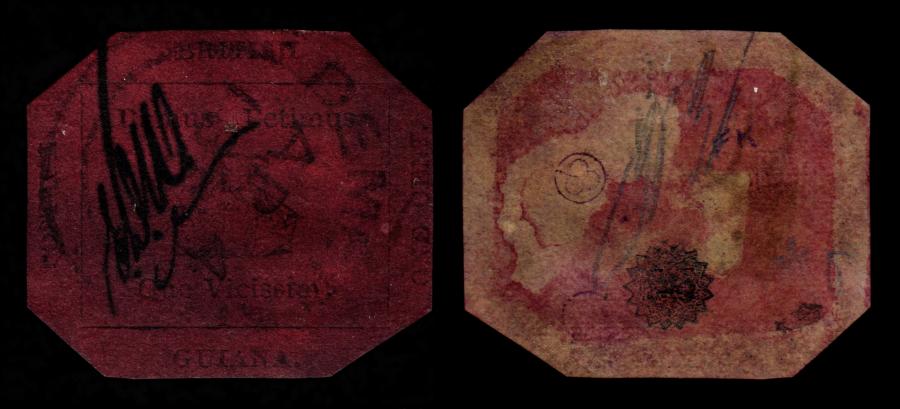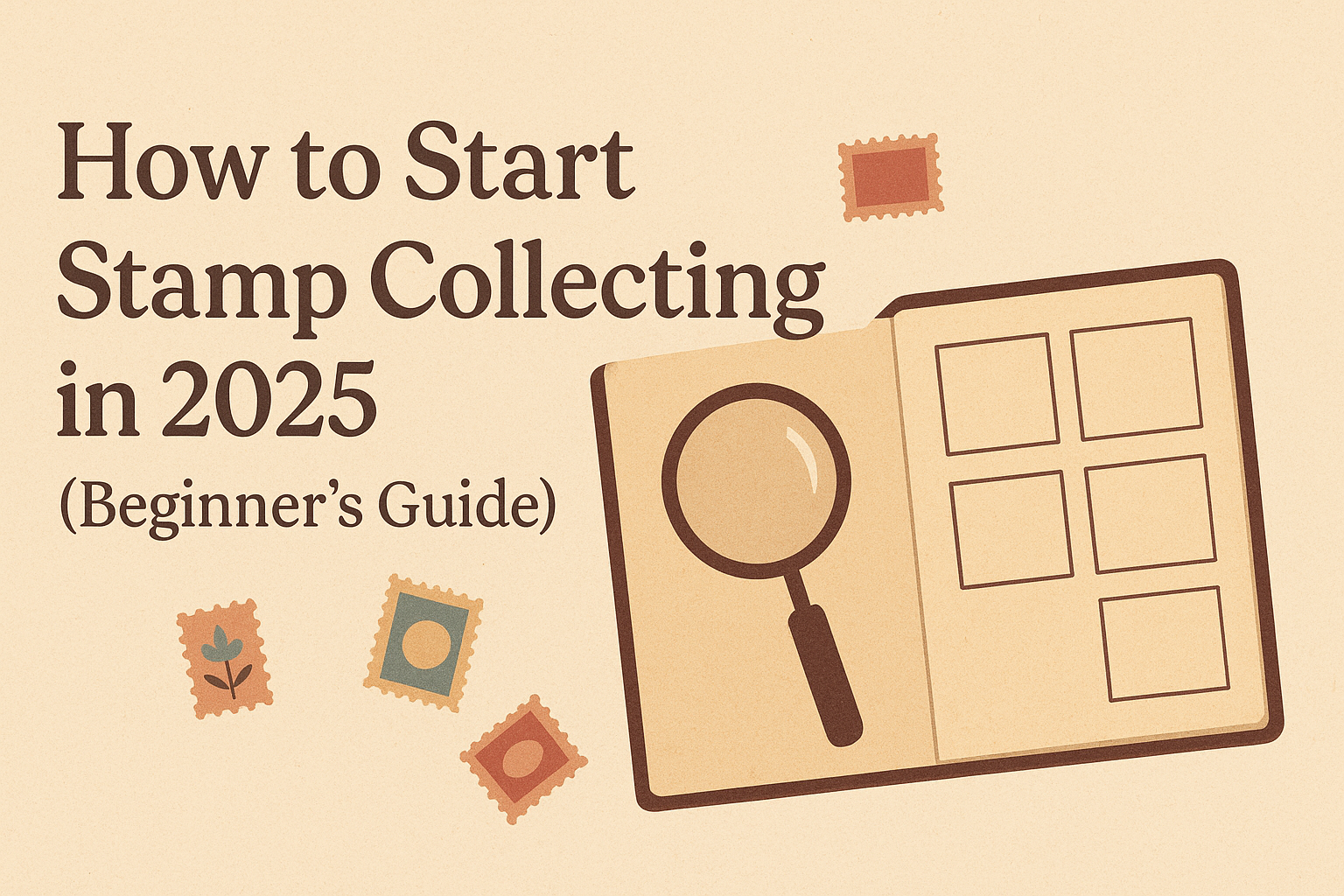Introduction
Stamp collecting, also known as philately, is more than just a hobby — it’s a journey through history, art, and culture. One of the most fascinating aspects of this world is discovering the value and rarity of stamps. While some stamps are worth only a few cents, others have sold for millions at auctions. Understanding what makes a stamp valuable can help collectors preserve treasures, make smart investments, and appreciate the story each stamp tells.
In this guide, we’ll explore the factors that determine stamp value, the key signs of rare stamps, and tips on how to evaluate your collection.
What Determines Stamp Value?
Several factors influence the price of a stamp. Whether you’re a beginner or a seasoned collector, knowing these criteria can help you assess a stamp’s worth.
1. Rarity
Rarity is the number one factor. The fewer copies available, the higher the demand. Stamps that were printed in small quantities, recalled soon after release, or had errors often fall into this category.
2. Condition
Collectors pay a premium for stamps in pristine condition. Factors include:
- Centering: A well-aligned design is more desirable.
- Gum: Original adhesive on the back adds value.
- Perforations: Intact, clean perforations are essential.
- Color: Bright, unfaded ink indicates preservation quality.
3. Age & Historical Significance
Older stamps from the 19th and early 20th centuries tend to carry higher value, especially if they highlight important historical events, monarchs, or cultural shifts.
4. Demand
Just like any market, demand drives prices. For example, stamps featuring iconic figures (like Queen Victoria or Abraham Lincoln) or stamps from popular themes (aviation, space, Olympic Games) tend to attract more collectors.
5. Errors & Misprints
Printing mistakes — such as inverted images, missing colors, or misaligned perforations — can dramatically increase a stamp’s rarity and value.
Signs of a Rare Stamp
Not every old stamp is rare, but here are key indicators that you might have something special in your collection:
- Limited edition or short print run.
- Historical or political significance.
- Unique design elements or printing anomalies.
- Stamps issued before 1900, especially colonial or early government issues.
- Famous error stamps like the “Inverted Jenny” or “Penny Red Plate 77.”
How to Evaluate Your Stamp Collection
If you’ve inherited or collected stamps over the years, you might be curious about their value. Here’s how to get started:
- Research Stamp Catalogs
Use resources like Scott Catalogue, Stanley Gibbons, or Michel Catalogue to get an estimated market value. - Check Auction Records
Look at past auction sales for stamps similar to yours. This provides a real-world indication of what collectors are willing to pay. - Get a Professional Appraisal
Serious collectors often turn to certified philatelic experts for accurate valuations. - Preserve Your Stamps Properly
Even valuable stamps lose worth if not cared for. Store them in acid-free albums, away from sunlight, moisture, and dust.
Famous Valuable Stamps Around the World
- British Guiana 1¢ Magenta (1856): Sold for over $9 million, considered the world’s rarest stamp.
- Inverted Jenny (1918, USA): Famous for its airplane printed upside down, fetching up to $1.5 million.
- Penny Black (1840, UK): The world’s first adhesive postage stamp, highly prized in mint condition.
These iconic examples show how rarity and history can transform tiny pieces of paper into treasures worth millions.
Tips for Collectors
- Start small with affordable stamps before chasing rare ones.
- Network with collectors through clubs, exhibitions, and online forums.
- Focus on themes you enjoy — historical periods, countries, or artistic designs.
- Keep learning — philately is a lifelong journey of discovery.
Conclusion
The value and rarity of stamps lie in their history, condition, and uniqueness. Whether you’re holding a century-old treasure or starting with modern issues, every stamp has a story to tell. By understanding the factors that drive rarity and price, you can build a meaningful collection and maybe even uncover a hidden gem.
For passionate collectors, every stamp is not just a collectible — it’s a bridge to the past, a work of art, and sometimes, a life-changing investment.




